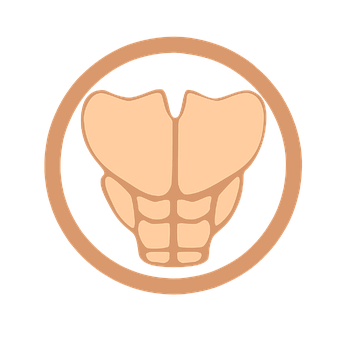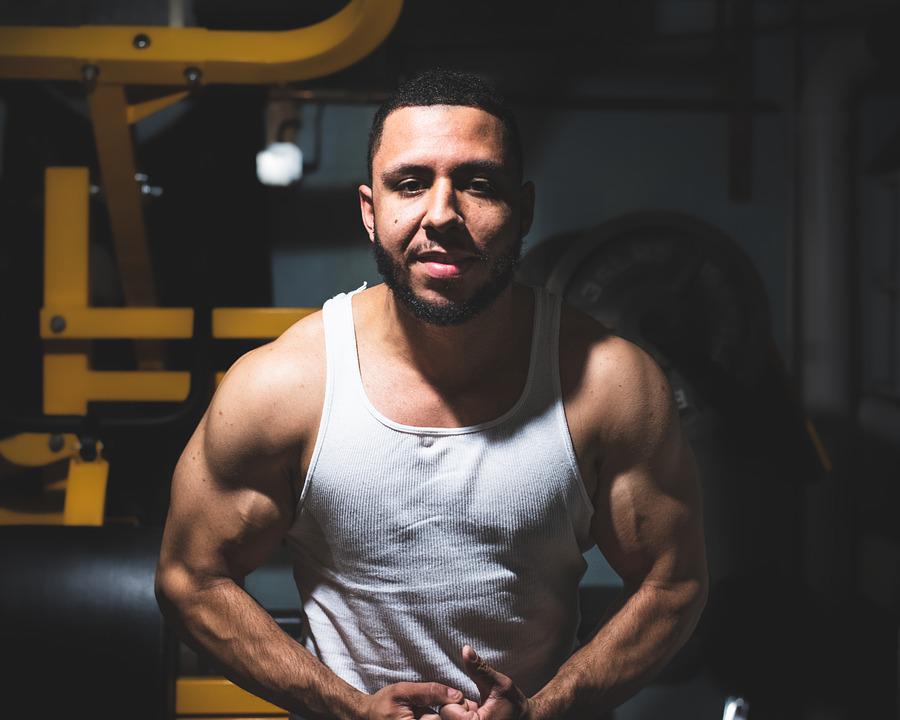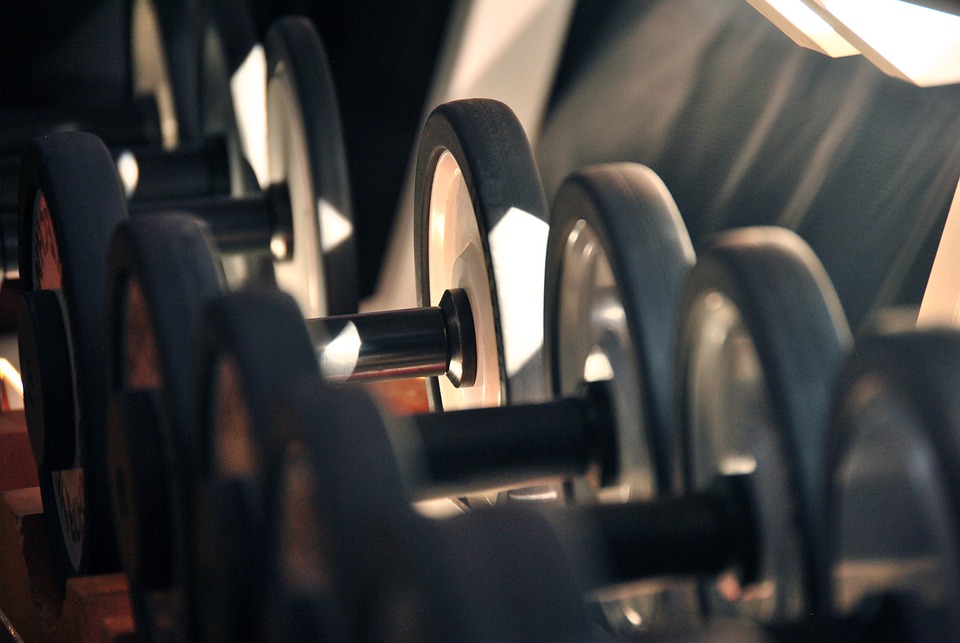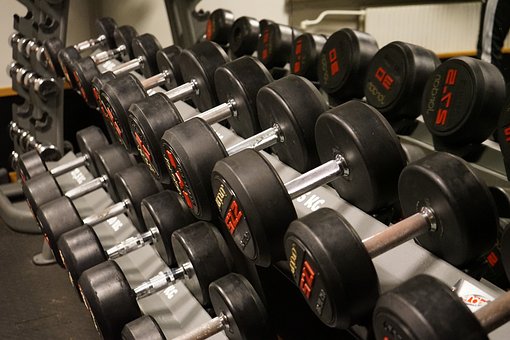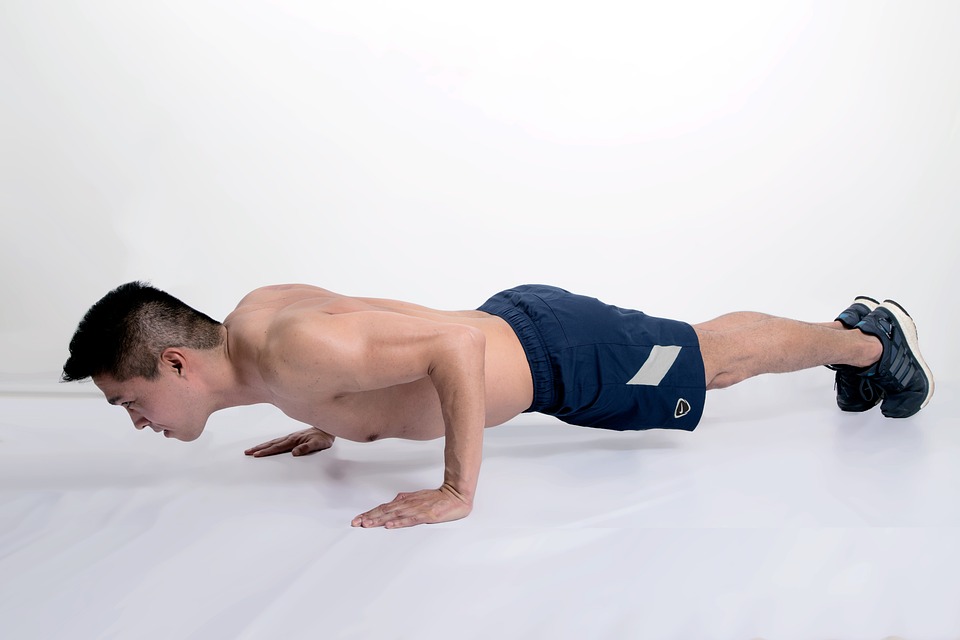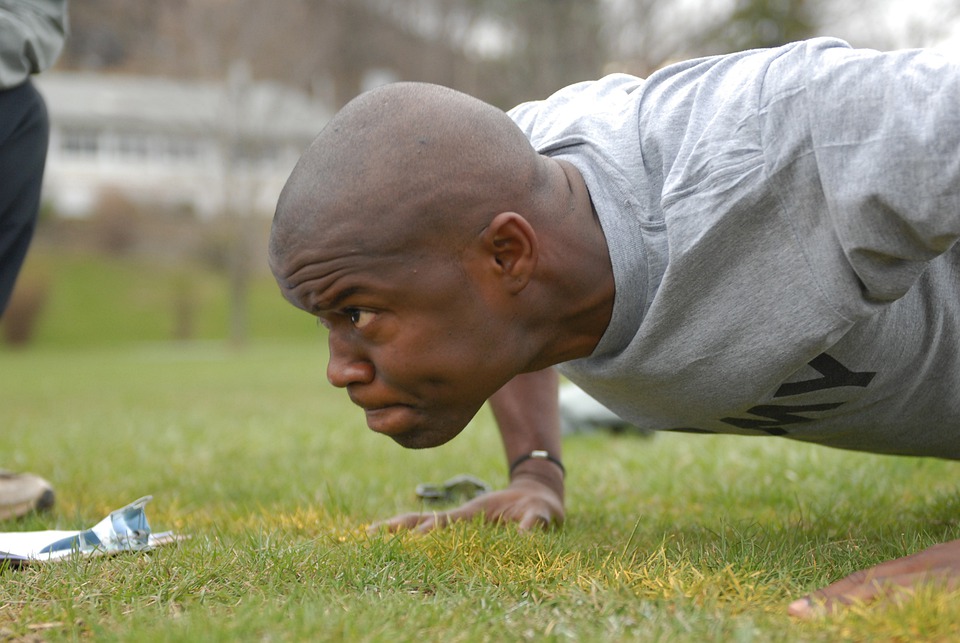
If you enjoy lifting weights as I do, you likely got into it because you wanted to bulk up your chest, arms, and abs.
There’s no shame in admitting that our motivations have become more mature since we first started out.
Since you are reading this article, you probably need some help with increasing the size of your chest muscles.
Whether you are new to lifting weights, have been lifting for a while with little results, or are experienced and looking for new tips, the following information is for you.
5 Tips to Get the Most Out of These Chest Workouts
Here are a few tips to help you get the most out of your chest training before we get into the workout routines themselves.
- Use compound exercises to train your chest muscles.
Your primary goals when working out your chest should be to lift heavy weights and gradually increase the amount of weight you are lifting.
Not surprisingly, the best exercises for achieving these gains are compound exercises like the barbell and dumbbell bench press, flat and incline bench press and dips.
Heavier pressing movements such as the bench press should be the mainstay of your weightlifting routine, while machine work and dumbbell flies can be supplementary.
- Use heavy weights.
Your number one goal as a natural weightlifter should be to get stronger.
As long as you focus on training your chest, you will have no trouble increasing muscle mass.
What’s the best way to get stronger?
Lift heavy.
When I refer to heavy lifting, I am talking about using weights that are 75-85% of your one-rep max or lifting 8-10 (~75%) to 4-6 (~85%) reps.
High-rep sets should take up the majority of your time during training.
- Increase your weights over time.
If you stop increasing your strength, you will eventually stop increasing your muscle mass.
Progressive overload is the key element to focus on when training.
No matter how many different training techniques you use, you will not gain muscle effectively unless you gradually add weight to the bar.
- Train both the upper and lower portions of your chest.
If you want to build a powerful pair of pecs, you need to target both the sternocostal head and the clavicular head.
All exercises that involve the chest muscles to some degree also involve the shoulder muscles. However, research shows that the incline and reverse-grip bench press is better for targeting the upper portion of the chest, while the flat bench press and dip are better for targeting the mid and lower portions.
- Make sure you’re eating enough calories and protein.
To continue gaining muscle mass and strength, you should keep up a calorie surplus.
In order to maintain your current weight, you need to consume slightly more than the amount of energy you expend each day. This number is called your total daily energy expenditure (TDEE).
The reason you want to have a calorie surplus is that it optimizes your body’s ability to recover from and positively adapt to your training. Having a calorie surplus essentially means that your body is able to build more muscle.
You need to eat enough protein to allow your muscles to recover, repair, and grow effectively.
The Best Mass Building Chest Exercises
The equipment that is used in this program includes machines, cables, dumbbells, barbells, and body weights. This variety of equipment provides different challenges and training stimuli for the pectorals.
- Barbell Bench Press
The barbell bench press is the best exercise for building chest muscles for a number of reasons. With free-weight barbell exercises, you will find that you can lift the heaviest loads when using the barbell, therefore, you can reasonably expect to lift a substantial weight with the barbell bench press. By lifting heavy, we increase the amount of mechanical load that the muscles are exposed to which will drive muscular hypertrophy (growth).
Start by lying down on the bench with your eyes aligned with the barbell. Your feet should be flat on the floor and under your hips with a slight arch in your lower back. Grip the bar slightly wider than shoulder width with your hands to place maximal demand on your pecs. Having a narrower grip will involve your triceps more heavily, taking some demands away from your pecs. Drive hard through your heels and brace your core muscles before removing the bar from the rack and bringing it over your chest. Drop the bar down until it makes contact with your chest and then drive upward to return to the starting position. It is essential to ensure that your elbows are slightly down from the line of your shoulders throughout the duration of the movement. This is done to reduce any risk of shoulder impingement or injury.
If you are new to bench pressing, start with a lightweight and focus on your form. As you become more comfortable, you can slowly increase the amount of weight you lift. No matter how much experience you have, always prioritize safety when using a barbell. This means using a rack that will catch the bar if you fail or using a spotter to prevent being trapped under the bar.
- Incline Barbell Bench Press
The recovery position for the flat bench press and the incline bench press is the same. The flat bench press and incline bench press are both exercises that target the chest muscles. The main difference between the two exercises is the angle at which the body is placed. With the flat bench press, the body is parallel to the floor, while with the incline bench press, the body is placed at an inclined angle. The purpose of the incline bench press is to shift the demand to the upper portion of the pectoralis major, but be aware that if the angle is too steep, the deltoids (shoulders) will be involved to a greater extent instead of the pecs. Therefore, it would be wise to keep the bench at a low angle in order to hit the upper chest most effectively. The recovery position for both exercises is the same.
The incline press is similar to the flat press, but the bench angle is different. The incline press is more challenging than the flat press because it only uses the upper part of the pec muscle.
A common approach to working out the chest is to do a flat bench press before moving on to an incline press later in the session. However, this can be problematic because you will already be tired by the time you get to the incline press and won’t be able to lift as much weight. It’s a better idea to alternate the exercises you start with so that you can perform both at optimal levels.
- Dumbbell Bench Press
If you’re struggling to continue making progress on your bench press, it might be a good idea to switch to the dumbbell bench press. This variation provides a slightly different stimulus to the chest muscles and can help you start making progress again.
One of the key benefits of dumbbells is that both sides have to work independently, which in turn challenges joint stability to a greater degree. As a result of this instability, a number of stabilizing muscles are recruited in order to control the movement. Another advantage of the dumbbell press is that it increases the range of motion. With the barbell press, as soon as the bar touches the chest you must drive back up – there is no physical way to drop any further. However, with dumbbells, there is no restriction to stop you from dropping the weights down to the side of the body, thus increasing the distance the weight travels and engaging the muscle to an even greater extent.
The dumbbell bench press is a good option for beginners who are concerned about heavy barbell benching. With the dumbbell press, there is no concern about getting trapped under the bar or failing. If you reach muscular failure with the dumbbells, you can simply drop them to the floor.
- Incline Dumbbell Press
The dumbbell press can also be done on an incline bench. Try different angles on the bench to target the muscle from different angles and have more comprehensive development.
One exercise that can be performed with dumbbells that cannot be performed with barbells is the usage of rotation. With a fixed bar, it is impossible to rotate through the shoulder, however, the individual dumbbells allow for a medial rotation of the humerus which causes considerable activation in the pectoralis major.
- Incline Dumbbell Pullover
Although the dumbbell pullover primarily works the pecs, it also activates a large number of upper body muscles, including the lats and delts. The goal of the pullover is to extend the arms as far as possible over the head while maintaining straight arms, which requires a lot of stabilization, control, and power from the pecs.
In order to complete the pullover, set a bench up at a slight incline and lie down. Start with the dumbbell above your chest and gradually drop it over your head without bending at the elbows. Return to the starting position. Remember that this is a single-joint exercise and should be treated as such by being performed at the end of your session.
- Machine Chest Press
The main advantage of using a chest press machine is that you don’t have to use your muscles to stabilize the weight. The machine handles only move in a fixed range, so there is no need for muscular stabilization. This allows you to focus all the effort on your pecs and may help you to add muscle mass. If you want to gain mass, it would be a good idea to do sets of chest presses on the machine at the end of your workout.
Chest Workout with Dumbbells
If you don’t have access to a barbell, you can still build an impressive chest by using dumbbells. Rest for two minutes between sets as you complete the following workout.
- Dumbbell Bench Press: 3 sets of 6 to 8 reps
- Incline Dumbbell Bench Press: 3 sets of 6 to 8 reps
- Dumbbell Chest Fly: 3 sets of 8 to 10 reps
- Dumbbell Pullover: 3 sets of 8 to 10 reps
Chest Workout at Home with Dumbbells
You don’t need a bench to do a bench press—George Hackenschmidt, the person who invented the bench press, did all of his pressings from the floor, and he had an impressive chest. Rest for 2 minutes between sets as you work through this routine.
- Dumbbell Floor Press: 3 sets of 4 to 6 reps
- Seated Dumbbell Overhead Press: 3 sets of 8 to 10 reps
- Dumbbell Chest Fly: 3 sets of 10 to 12 reps
- Dumbbell Side Lateral Raise: 3 sets of 10 to 12 reps
- Seated Dumbbell Triceps Extension: 3 sets of 10 to 12 reps
Chest Workout at Home with Exercise Bands
There are plenty of chest exercises you can do with a set of bands that will help you gain or maintain muscle and strength. Although this routine doesn’t require barbells or dumbbells, it is important to rest for 2 minutes between sets.
- Banded Push-up: 3 sets of 10 to 20 reps
- Banded Chest Press: 3 sets of 10 to 20 reps
- Banded Overhead Press: 3 sets of 10 to 20 reps
- Banded Side Lateral Raise: 3 sets of 10 to 20 reps
- Banded Triceps Pressdown: 3 sets of 10 to 20 reps
Chest Workout at Home without Weights
This workout is tough on the upper-body “pushing” muscles, but you don’t need any equipment. Avoid thinking that this workout is easy because it only uses body weight–you should still rest for at least two minutes between sets to perform your best.
- Feet-Elevated Push-up: 3 sets of 10 to 20 reps
- Diamond Push-up: 3 sets of 10 to 20 reps
- Push-up: 3 sets of 10 to 20 reps
- Triceps “Bench” Dip: 3 sets of 10 to 20 reps
- Dive-Bomber Push-up: 3 sets of 10 to 20 reps
How many days a week should you do chest workouts?
How often you train your chest depends on your training experience, preferences, and equipment. Most people will see the fastest results from training their chest once or twice per week.
Here are some more specific recommendations:
- If you’re new to weightlifting (you’ve been following a proper strength training and diet plan for two years or less) and you’re doing barbell or dumbbell chest workouts, one workout per week is enough.
- If you’re new to weightlifting and you’re doing exercise bands or bodyweight chest workouts, shoot for two workouts per week to get the best results.
- If you’re an intermediate or advanced trainee (you’ve been following a proper strength training and diet plan for more than two years) and you’re doing barbell or dumbbell chest workouts, two chest workouts per week are usually better than one.
- If you’re an intermediate or advanced trainee and you’re doing exercise bands or bodyweight chest workouts, aim to train your chest three times per week if you want to gain muscle, or once or twice per week if you just want to maintain muscle.

